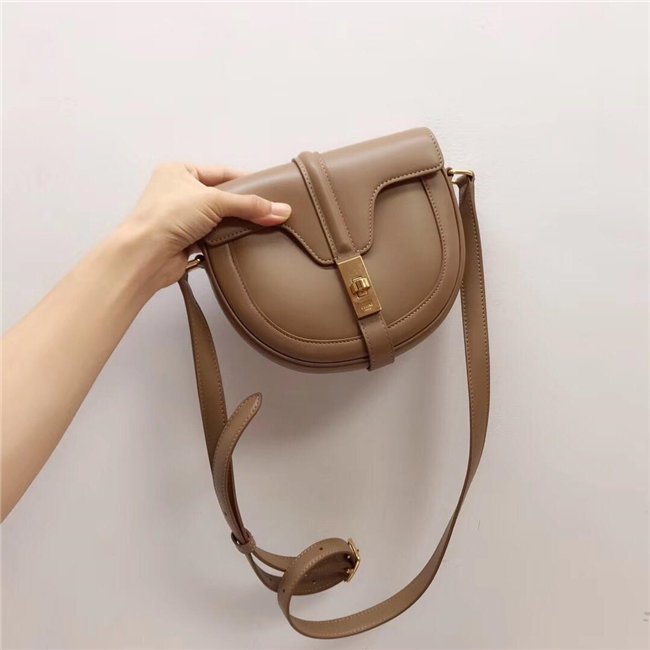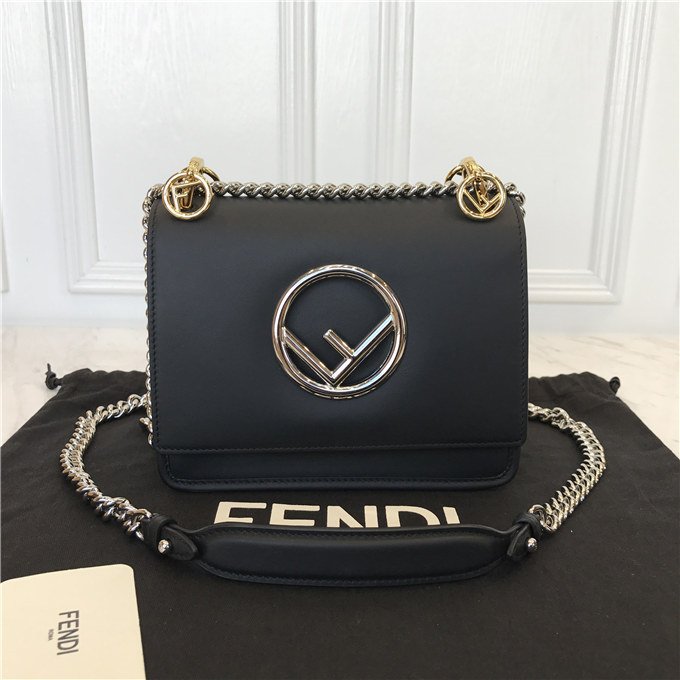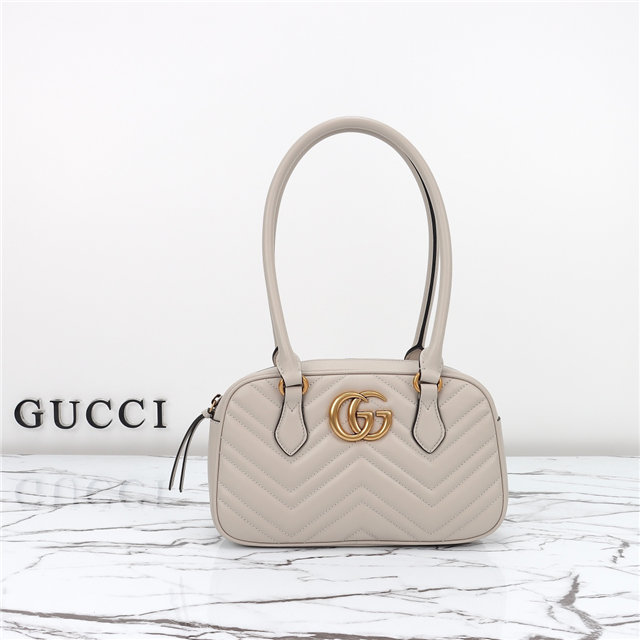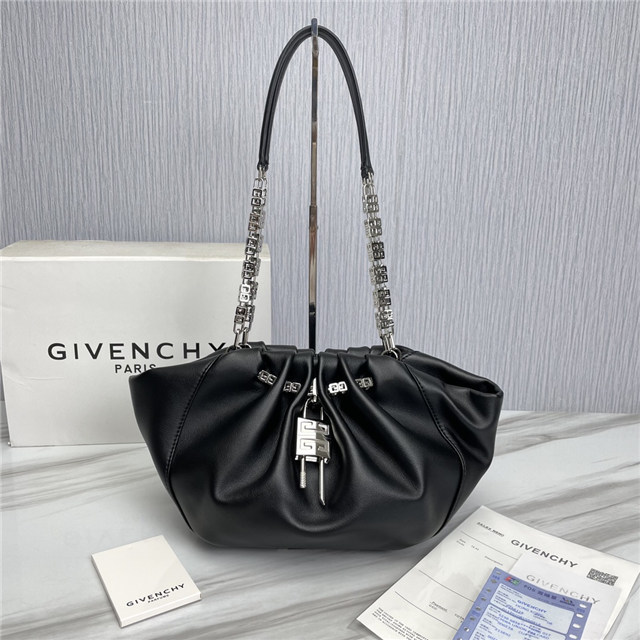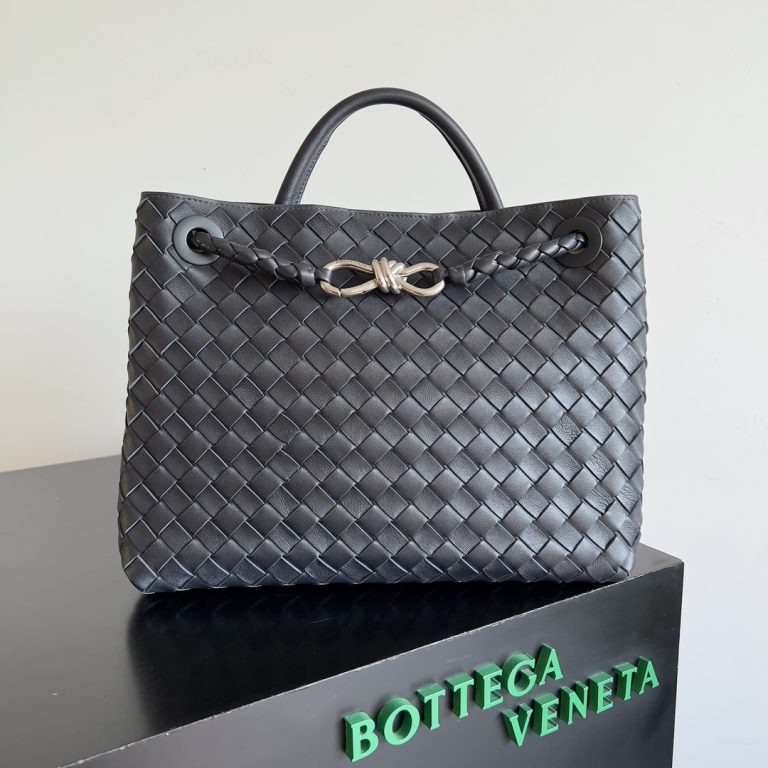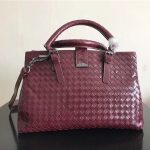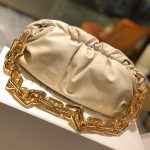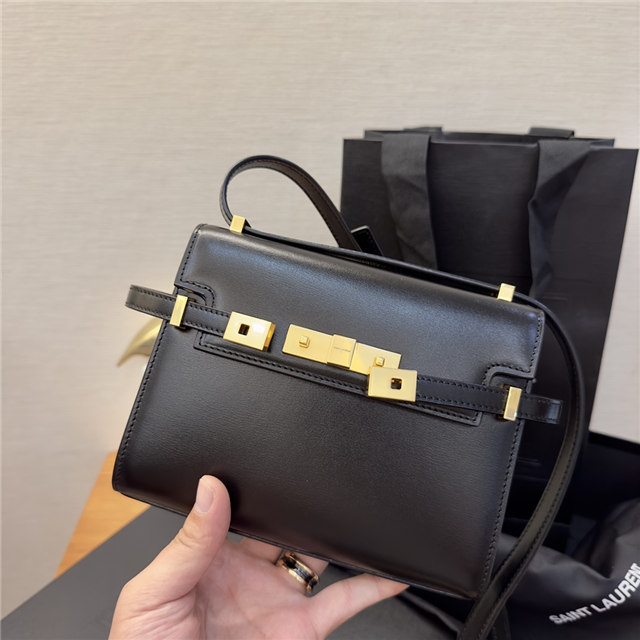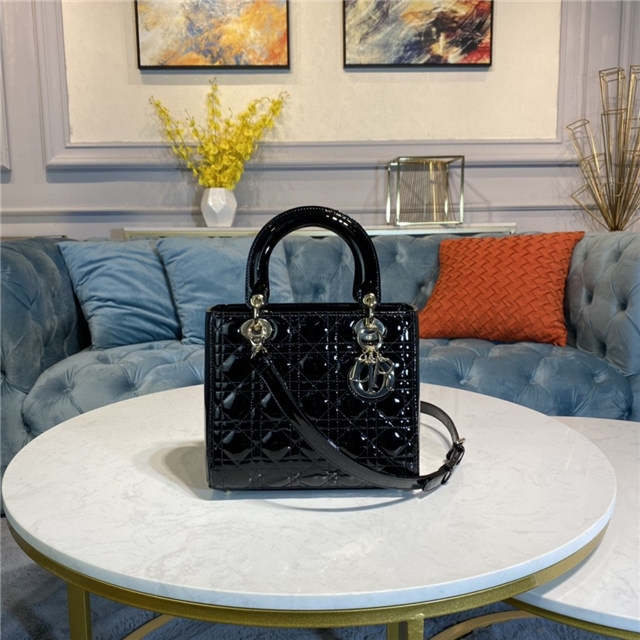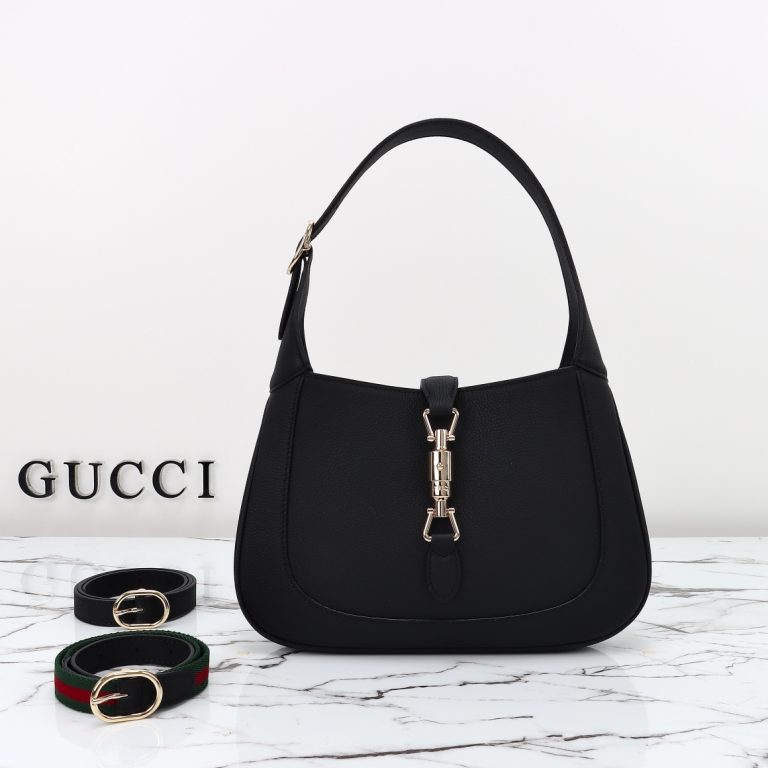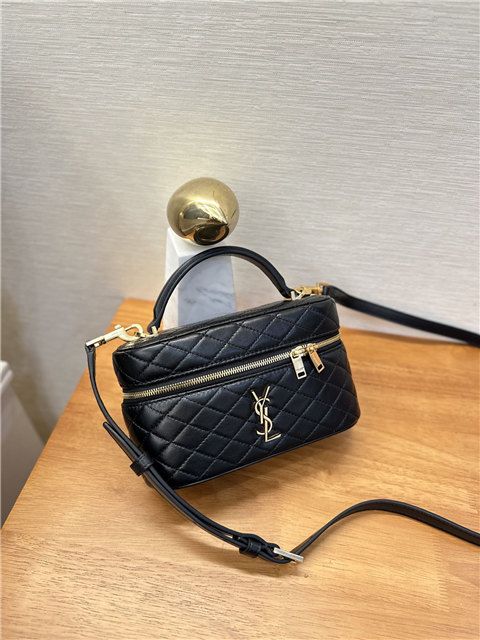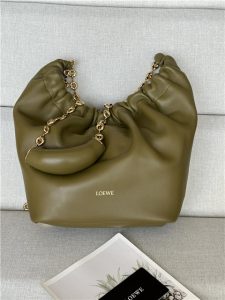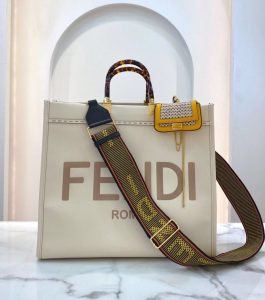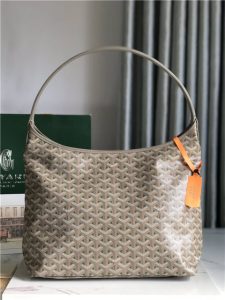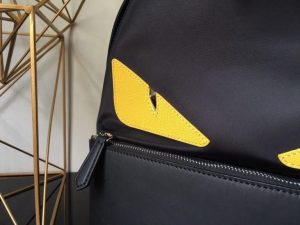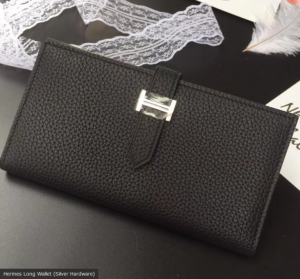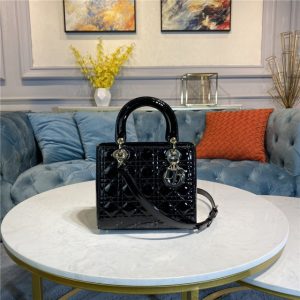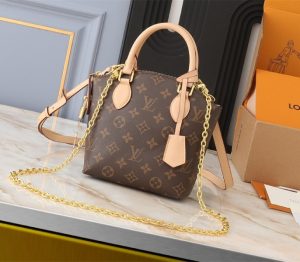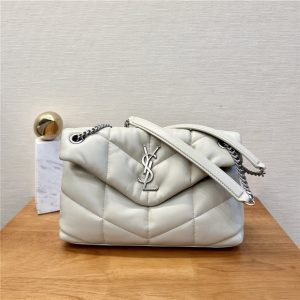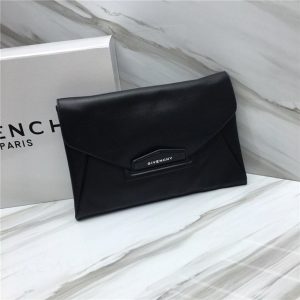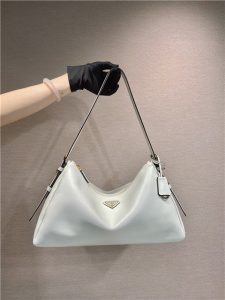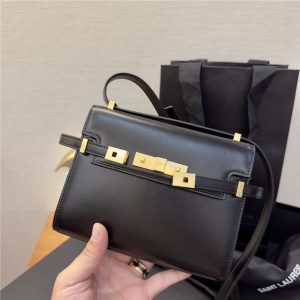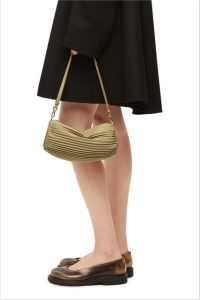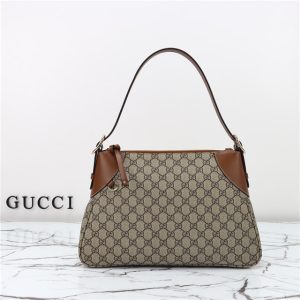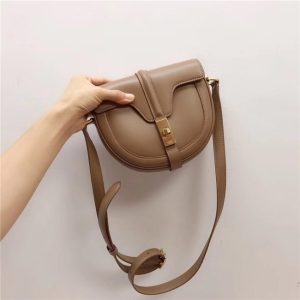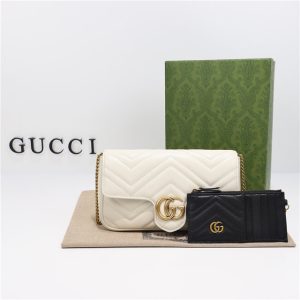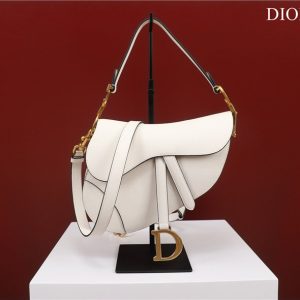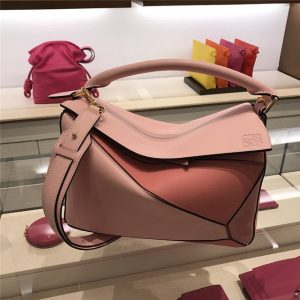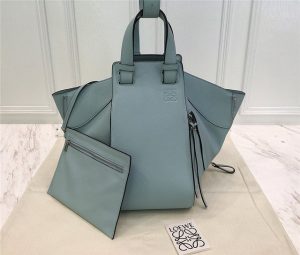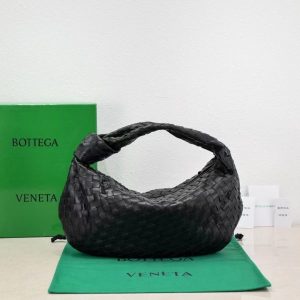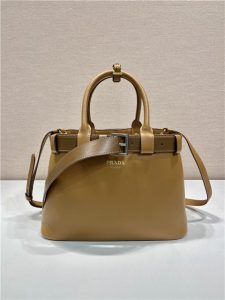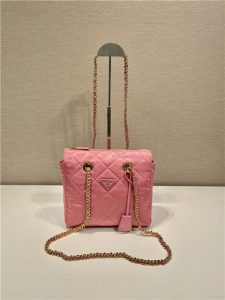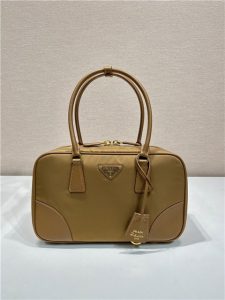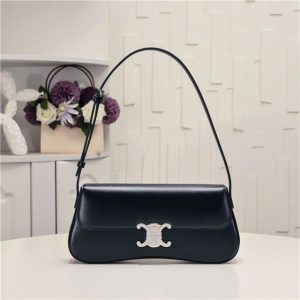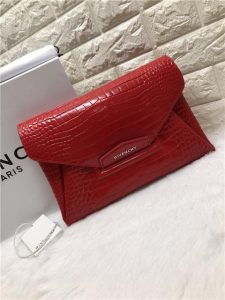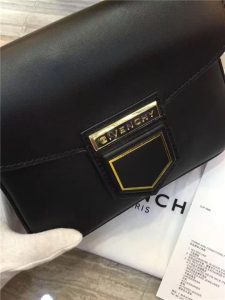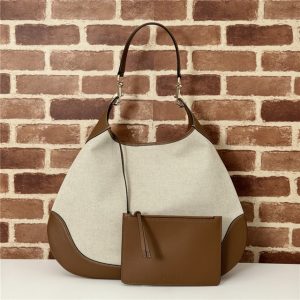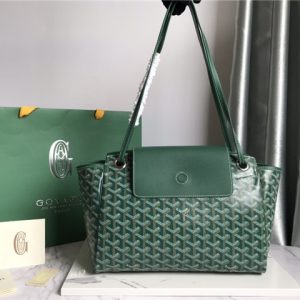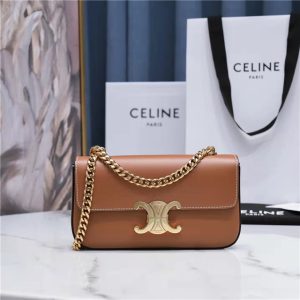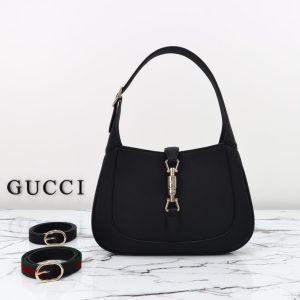First off, and this is kinda weird, check the crystal. Apparently, the *real* Ballon Bleu crystal gives you a little distortion when you look through it at an angle. The fakes? Not so much. It’s counterintuitive, I know, you’d think the expensive one would be *perfectly* clear, but nope. It’s something about the thickness and quality of the crystal. Honestly, I’m not a crystal expert, so don’t quote me on the physics, but that’s what the articles are saying. I’d be skeptical, but hey, it’s a thing to check!
Now, onto the case. The shape and proportions gotta be right. If the bezel looks too chunky or too skinny, that’s a big red flag. Cartier is all about elegance and precision, so any sloppiness is a giveaway. And speaking of blue, that little blue cabochon (that’s the fancy name for the blue stone) on the crown needs to be *the right* shade of blue. It should be a very specific, almost iconic, Cartier blue. If it looks cheap or plastic-y, run for the hills!
I read one article that said finding a fake can be extremely difficult, especially those 1:1 clones. It’s not just a matter of looking for obvious flaws anymore. Sometimes you gotta get down and dirty and compare it to a *real* one side-by-side. If you can find a trusted jeweler, that’s your best bet. They’ll know what to look for, even the subtle stuff that your average Joe (or Jane) wouldn’t notice.
And here’s my personal opinion, which might be a bit controversial: if the price is too good to be true, it probably is. I mean, come on, we’re talking about a luxury watch. They don’t exactly give these things away. If someone’s offering you a “brand new” Ballon Bleu for, like, a tenth of the retail price… yeah, you’re about to get scammed. It’s like buying a “Rolex” for $50 on a street corner. Obvious, right? But sometimes, with the fakes getting so good, people get caught up in the excitement of a “deal” and forget to use their common sense.


